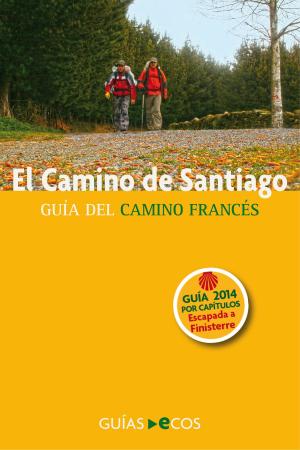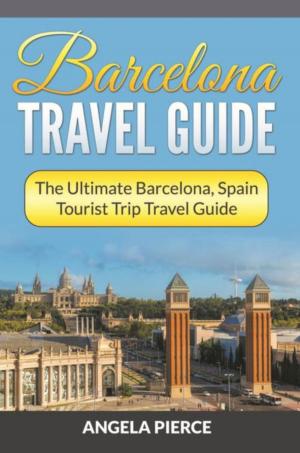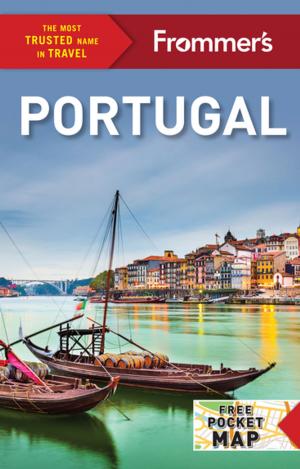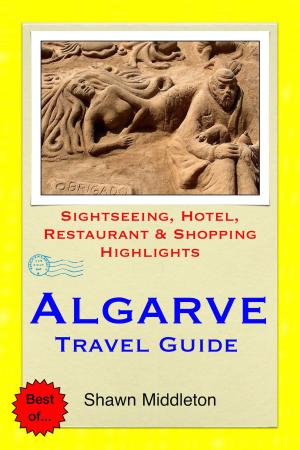| Author: | Kelly Lipscomb | ISBN: | 9781556508462 |
| Publisher: | Release Date: May 22, 2011 | Publication: | May 22, 2011 |
| Imprint: | Language: | English |
| Author: | Kelly Lipscomb |
| ISBN: | 9781556508462 |
| Publisher: | Release Date: May 22, 2011 |
| Publication: | May 22, 2011 |
| Imprint: | |
| Language: | English |
When Spaniards speak of the Levante they refer to that long and narrow strip on the eastern Mediterranean coast claimed by the autonomous regions of Valencia and Murcia south of it. In this "land of the rising sun" the coastline, over 500 km (312 miles) of it, is a shared sight with the mountains rising in the interior. To the northwest the Iberian chain enters the region, bearing southeast toward the sea where the Turía and Mijares rivers end their journeys, while in the south the Beticos chain encroaches from Andalucía in its own march east to the coast. It is the thriving agricultural industry of the moist lowlands that has earned Valencia the reputation as Spain's garden. Utilizing a highly extensive and effective irrigation system of waterwheels and drainage ditches created by the Moors during their occupation from the eighth to the 13th centuries, farmers grow vast quantities of fruits and vegetables. To the famed Valenciano orange add the rice patties that have shaped the region's cuisine and the bustling tourist cities of the coast that have played havoc with its natural beauty but fostered one of the healthiest economies in Spain. The bulk of the region's population has gravitated to these coastal towns. Adventure sports are, not surprisingly, water-based in the Levante, though two of the European long-distance hiking routes transect the inner lands and a slew of protected natural areas ranging from limestone crags to salt flats and lagoons add to the outdoor options. As the Levante is a staging ground for many of Spain's most colorful and exuberant festivals, a visit here should be timed so as not to miss the flaming beauty of Valencia's Las Fallas in March or Alcoi's mock battle of the Moors and Christians in April. During its long spring, the Levant is alive with sun-loving people celebrating the coming of summer, with blooming citrus trees and with only a handful of cloudy days. Every detail is here for the traveler - where to stay, where to eat, entertainment, activities of all kinds, from hiking to canoeing, concerts to festivals. An extensive section on what you need to know when traveling to Spain in general, plus a language and Spanish vocabulary chapter is included. "A great new resource." -- Travel + Leisure. "The perfect companion for planning." -- Rutgers Magazine. "These useful travel guides are highly recommended..." -- Library Journal
When Spaniards speak of the Levante they refer to that long and narrow strip on the eastern Mediterranean coast claimed by the autonomous regions of Valencia and Murcia south of it. In this "land of the rising sun" the coastline, over 500 km (312 miles) of it, is a shared sight with the mountains rising in the interior. To the northwest the Iberian chain enters the region, bearing southeast toward the sea where the Turía and Mijares rivers end their journeys, while in the south the Beticos chain encroaches from Andalucía in its own march east to the coast. It is the thriving agricultural industry of the moist lowlands that has earned Valencia the reputation as Spain's garden. Utilizing a highly extensive and effective irrigation system of waterwheels and drainage ditches created by the Moors during their occupation from the eighth to the 13th centuries, farmers grow vast quantities of fruits and vegetables. To the famed Valenciano orange add the rice patties that have shaped the region's cuisine and the bustling tourist cities of the coast that have played havoc with its natural beauty but fostered one of the healthiest economies in Spain. The bulk of the region's population has gravitated to these coastal towns. Adventure sports are, not surprisingly, water-based in the Levante, though two of the European long-distance hiking routes transect the inner lands and a slew of protected natural areas ranging from limestone crags to salt flats and lagoons add to the outdoor options. As the Levante is a staging ground for many of Spain's most colorful and exuberant festivals, a visit here should be timed so as not to miss the flaming beauty of Valencia's Las Fallas in March or Alcoi's mock battle of the Moors and Christians in April. During its long spring, the Levant is alive with sun-loving people celebrating the coming of summer, with blooming citrus trees and with only a handful of cloudy days. Every detail is here for the traveler - where to stay, where to eat, entertainment, activities of all kinds, from hiking to canoeing, concerts to festivals. An extensive section on what you need to know when traveling to Spain in general, plus a language and Spanish vocabulary chapter is included. "A great new resource." -- Travel + Leisure. "The perfect companion for planning." -- Rutgers Magazine. "These useful travel guides are highly recommended..." -- Library Journal















